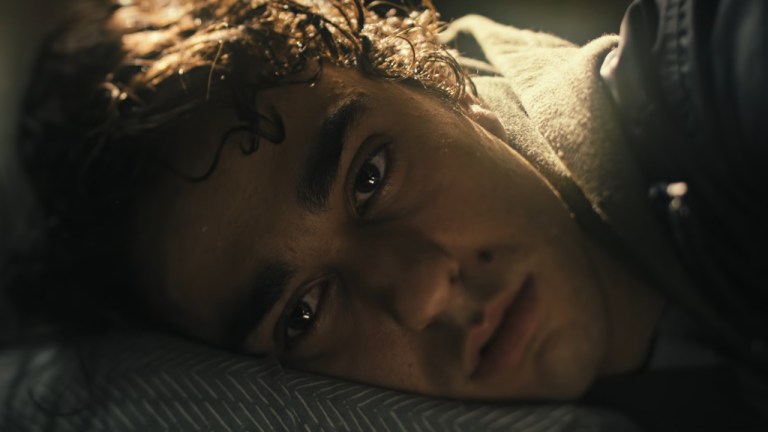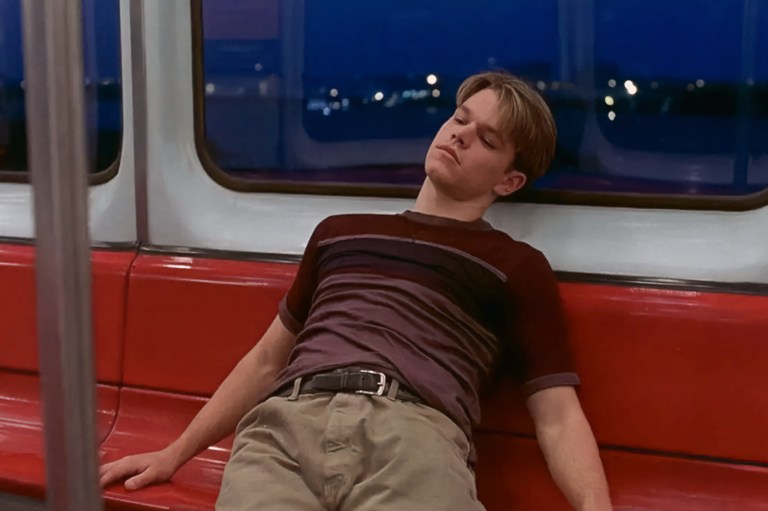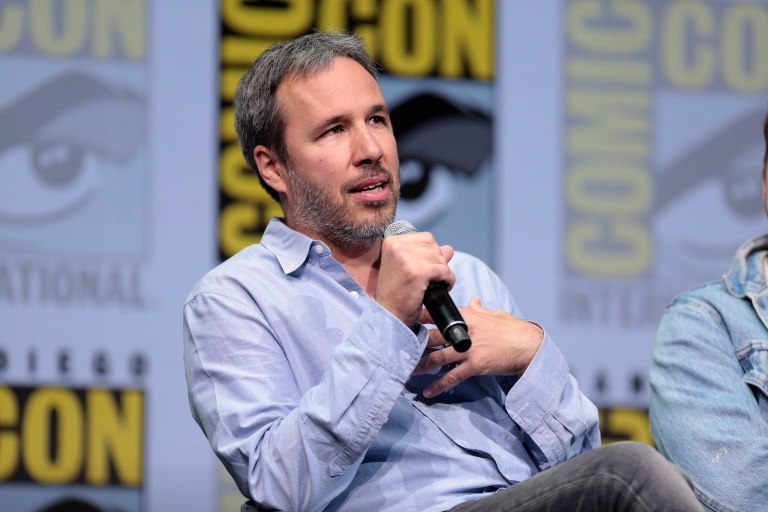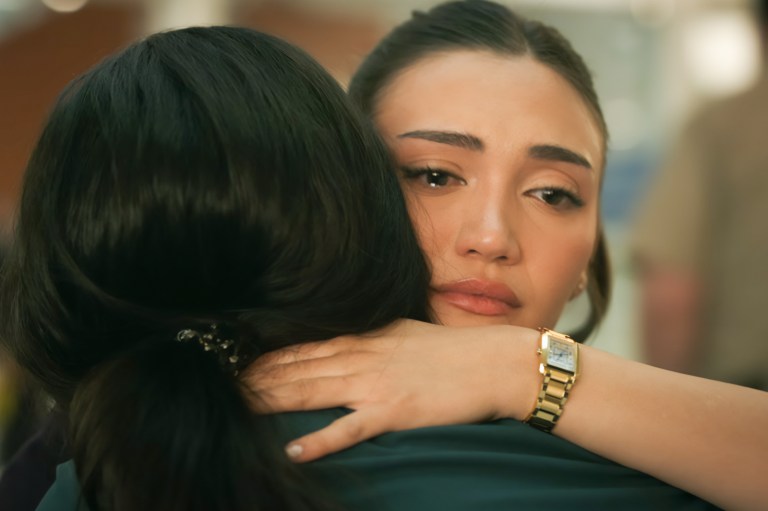
My Patient Exhibited Symptoms Of Something That Wasn’t Of This Earth
Warning: Graphic violence ahead.

I’m a therapist working in a hospital in the suburbs of a big city. About myself, I can only tell you that much. But don’t worry – it doesn’t matter.
This happened a few years ago, somewhere around the time when my daughters were all listening to Britney Spears and N’SYNC. I don’t know why I remember that so clearly.
Stephanie’s parents were hysterical when they brought her in. She was calm, with a long pale face and pale green eyes. I assume she had lost her color as a result of the deep gouge in her right forearm. I was in the waiting room speaking with one of the black-haired nurses when they wheeled Stephanie in on a wheelchair, those lake-green eyes resting quietly on me.
I thought it would be an easy case when they called me in to talk to her. It may sound crass, but I guessed she was depressed and cutting, only this time she’d taken it too far. Possibly a botched suicide attempt, but it looked too random. Most teens, they try to slit across their wrists when they attempt suicide, which is often pretty ineffective, luckily for us. A gash high on the forearm indicated that she was trying to cut herself in a place that wouldn’t be immediately noticed (long sleeves and all that) but she’d slipped and… well, the rest is obvious.
The nurse on the case informed me that Stephanie wouldn’t talk about the cut – or anything. She was keeping her lips stubbornly shut.
I walked in and tried to open her lips as smoothly and casually as I could, but she was having none of it. She looked down at her hands, folded together with elegance. The only moment of recognition she showed was when I asked if she’d ever wanted to hurt herself.
“I do not cut!” Her eyes became alive with fire and I reminded myself to skirt the topic more gently next time.
Her physician decided to keep her overnight for safe measure. He asked me to come talk to her again tomorrow. I went home that night and didn’t think about Stephanie at all – she was one of thousands I’d already dealt with.
![]()
When I came in the next day, Stephanie’s room was a flurry of people, including her particularly perturbed physician.
“She must have gotten ahold of a knife, but security can’t find anything.”
When it was deemed safe, I entered the room. Another gash had appeared, this time gracing Stephanie’s cheek, mapping a course from the crook of her mouth to the droop of her earlobe. She was paler than yesterday, but still serenely sitting with her hands folded neatly in her lap.
I spent a little longer with her that day, but her lips remained still, pressed into a thin line. Usually the teenage girls I dealt with were less stubborn than you’d think. They knew deep down they needed help and were happy to get it. The relief in their eyes as they admitted to their own personal pain was something tragically beautiful. Something was different about Stephanie, but I couldn’t place my finger on what.
I spent the night at the hospital. Stephanie was under constant surveillance. They’d stitched up both the gouges and wanted to make sure she a) didn’t try to hurt herself again, and b) didn’t try to pick out the stitches. I waited, hoping they wouldn’t have cause to call me.
Shrieking from her ward shattered my hopes.
She was rushed off to get stitched up again – this time the gash was on her chest, blossoming just under her collarbone and down past her sternum. For the first time in my career, I was told to counsel the nurse who had been watching her.
“It just opened up – the cut just appeared. I – I – I can’t explain it…” I tried my best to get a more coherent answer from her, but she went home and quit the next day. I never heard what became of her.
This time, I worked more closely with Stephanie’s parents before attempting to go see her. The situation was going downhill at an alarming rate. I had to change tactics. I needed more information.
“At what point did Stephanie start showing signs of depression?”
Her mother clutched at a rag in her hands, probably a nervous habit.
“Just after her best friend disappeared.”
“And when was that?” I asked.
“About four months ago.”
“And what exactly happened to the friend?”
“They don’t know. They’re still looking, but…”
That was all the information they could give me. I settled down for a longer session with Stephanie, determined to figure out what exactly was happening.
Although she tried to maintain her composure, I could tell now that she was breaking. I wanted to be as gentle as possible, trying to break her with kindness and gain her trust.
“Your parents explained to me the situation with your best friend. Would you like to talk with me a little more about it?”
Easy as pie. She broke down into tears and I felt relief wash over me. Good, now she would open up and we could end this madness.
“I just wanted her back!” she moaned between tears.
I nodded with understanding. “It must have been very difficult on you when she went missing.”
“I’d do anything…”
“Yes, I know you would.”
“He told me he would help me…”
I stopped nodding, the comforting feeling of control dissipating. “Who did?”
“He said I could bring her back…”
“Who said you could bring her back?”
She shook her head, sobbing, refusing to tell me who she was talking about. “I offered… to switch places with her… I didn’t know this was what he meant…” Her tears were unstoppable and she began to hyperventilate. I called the doctors in and they sedated her. I was in a cold sweat. Something about this situation was very, very wrong.
![]()
Stephanie stayed with us for one week in total, welcoming each day with a new catastrophe. One day a broken arm, the next day missing fingernails. She woke up the fifth morning with a gouge where her right eye should have been, and the sixth morning she welcomed without her front teeth. Her parents were inconsolable. The doctors pressed me to find an answer where there was none. I began to grow frantic. What was happening to you, Stephanie? What did you want me to do?
The seventh morning, she woke up with a deep gash in her chest, ripping through her heart. She coded. Everyone – myself included – ran to the room. They let me in because Stephanie was a special case. They worked around her frantically, but it was obviously too late. She was no longer crying from pain. She was fading fast, her face taking on the pallor of death far too early.
Just before she fell into a dark oblivion, her left hand flew up and caught me by the throat. She pulled me forward with a strength that I didn’t know she had. Her eyes went dark and she whispered into my ear: “West Woods, four miles in, the edge of the clearing. Blue wildflowers.”
She died. Her parents scream. The doctors shook their heads. I went to the West Woods.
![]()
I don’t know what I thought I would find. The woods weren’t particularly big, and probably don’t deserve the name… they are little more than a large grove. I wandered through at random, following nothing more than instinct. It took me awhile to come to the clearing, but, sure enough, I found it, just four miles from the eastern edge. I skirted the perimeter until I came across a sprinkling of blue wildflowers.
And a large mound of dirt.
I fell to my knees and started to dig, damning myself by not bringing a shovel. My hands tore into the rough earth, yanking away layer after layer of the mystery lying dead at my hospital. The earth became harder but I pulled and pulled until my fingers bled.
Until my fingers met those of another.
I paused, my fingertip brushing against a painted nail. Shivers set upon me as I dug more carefully, eventually exposing the body of yet another teenage girl.
She matched Stephanie in age, and her glassy eyes held a tinge of blue that I imagined paired nicely with her best friend’s pools of green. Her nails were embedded with dirt – I wonder how long she tried to scream before her own grave suffocated her. The void of her mouth filled with grassy earth seemed to indicate that her death – her second death? – had not been kind.
My fingers flew to my phone, dialing for the police. I stared at her pure, white skin, as white as Stephanie’s had once been. I was not surprised when I saw that there wasn’t a scratch on her. ![]()











